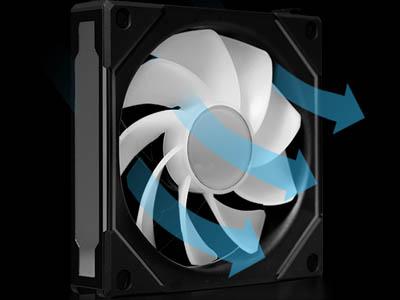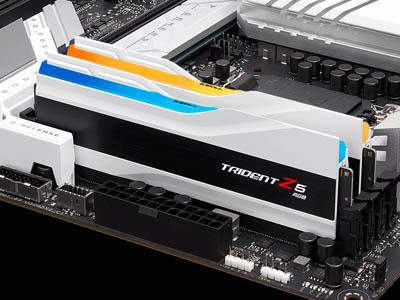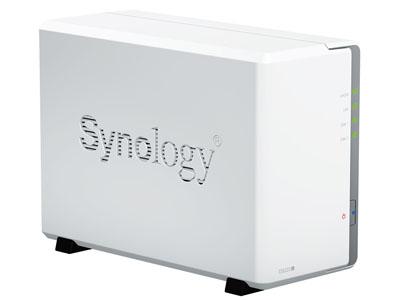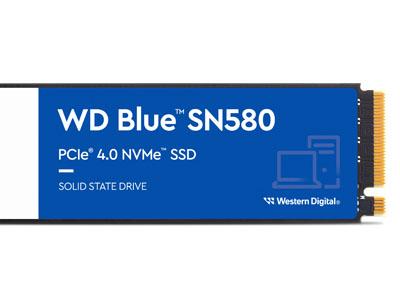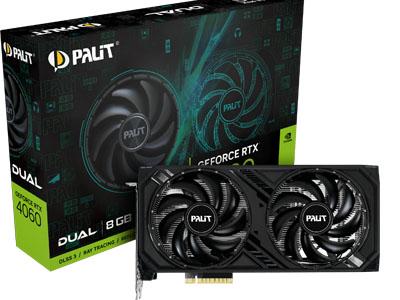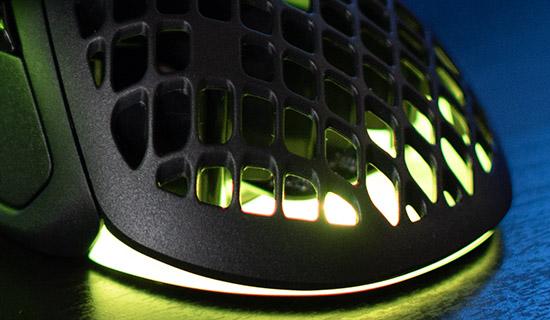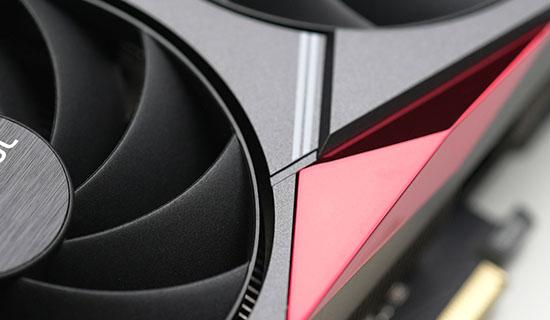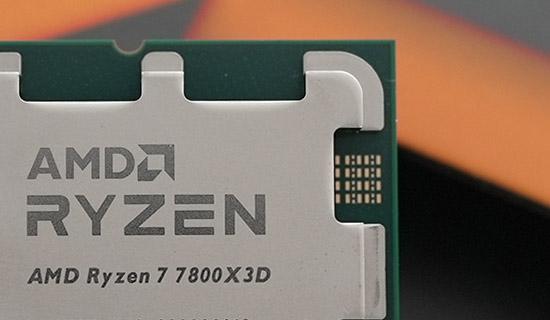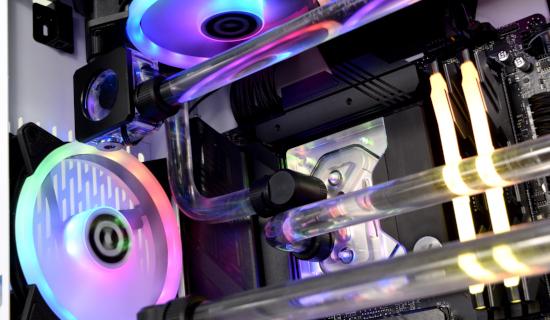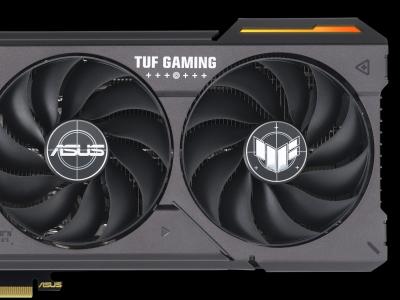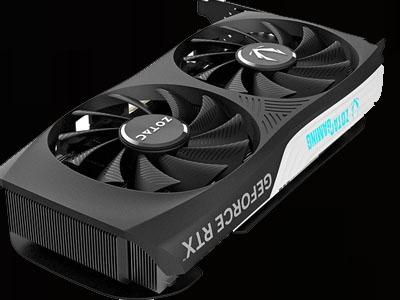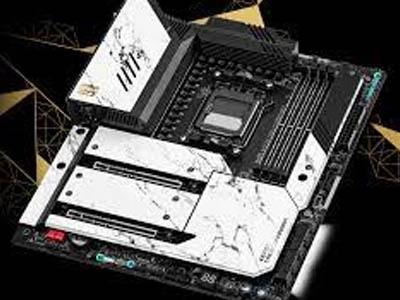Below are the technical specifications surrounding the EX-V:
Technical Specifications
Chip Series:- GeForce RTX 4070
Product Series:- Colorful Series
GPU Code Name:- AD104
Manufacturing Process:- TSMC 4N (4nm equivalent)
CUDA Cores:- 5888
Core Clock:
• Base:1920Mhz
• Boost:2475Mhz
Memory Clock :- 21Gbps
Memory Size:- 12GB
Memory Bus Width:- 192bit
Memory Type:- GDDR6X
Memory Bandwidth:- 504GB/s
Power Connector:- 8pin
Power Supply:- 8+2
TDP:- 200W
Display Ports:- 3 x DP+HDMI
Heat Pipe Number/Spec:- 2 x 6mm diameter
Auto Stop Technology :- Y
Recommended PSU:- 650W and above
DirectX:- DirectX 12 Ultimate
NVIDIA Technology Support:
- NVIDIA DLSS 3, NVIDIA G-SYNC, 3rd Gen Ray Tracing Cores
Thickness:- >2 slot
Product Dimensions:- 325*134*53.8mm
Product Weight:- 1.16kg
Product Series:- Colorful Series
GPU Code Name:- AD104
Manufacturing Process:- TSMC 4N (4nm equivalent)
CUDA Cores:- 5888
Core Clock:
• Base:1920Mhz
• Boost:2475Mhz
Memory Clock :- 21Gbps
Memory Size:- 12GB
Memory Bus Width:- 192bit
Memory Type:- GDDR6X
Memory Bandwidth:- 504GB/s
Power Connector:- 8pin
Power Supply:- 8+2
TDP:- 200W
Display Ports:- 3 x DP+HDMI
Heat Pipe Number/Spec:- 2 x 6mm diameter
Auto Stop Technology :- Y
Recommended PSU:- 650W and above
DirectX:- DirectX 12 Ultimate
NVIDIA Technology Support:
- NVIDIA DLSS 3, NVIDIA G-SYNC, 3rd Gen Ray Tracing Cores
Thickness:- >2 slot
Product Dimensions:- 325*134*53.8mm
Product Weight:- 1.16kg
Features
NVIDIA’s Ada Lovelace architecture leverages TSMC’s latest 4N (4nm) lithographic process, allowing greater dense transistor arrangement and greater power efficiency. The ADA-104 at the heart of the RTX 4070 is a slimmed-down version that is used by the RTX 4070 Ti, sporting 56 fewer Shader Modules and thus 30% fewer CUDA cores. That’s a significant gap in performance expectation even before accounting for lower operating frequencies.Partially redeeming the RTX 4070 is the inclusion of 12GB of GDDR6X memory, accessed via a 192-bit bus. This is the same memory architecture as the RTX 4070 Ti, and should help to maintain performance as resolutions and image quality settings creep up. The latest games have started to exceed the 8GB and even 10GB VRAM pools of older mid-to-high tier GPUs, even at relatively benign resolutions, which makes this factor in the card’s design terrifically important for today’s gaming ecosystem.
NVIDIA’s RTX 40-series cards also incorporate their full suite of RTX technologies, most notably DLSS 3.0. The feature, which is currently exclusive to the 40-series, processes frame data from the game engine through a neural network to create an interpolated frame between two fully rendered, a sort of ‘best guess’ of what the frame should look like before the next is rendered. In addition, this DLSS model can also perform the same upscaling process as DLSS 2.0 etc., increasing baseline frame rates by rendering at lower resolutions. The result is significantly higher frame rates than native rendering, with the addition of latency and some degradation in image quality (although NVIDIA will claim that this is nearly indistinguishable to the naked eye).
The RTX 40-series also incorporates NVIDIA’s latest NVENC video encoding engine, now capable of real-time AV1 rendering. This process, which is still awaiting adoption by Twitch.tv but available on other platforms including Youtube, is significantly more efficient than H.264 with no perceptible loss in quality. Once adopted it will allow higher quality streams to be broadcast at similar bit rates, reducing artifacting and offering a better overall experience to the viewer.
Real-time hybrid ray-tracing has been the major feather in the GeForce RTX stable of GPUs but, with the release of the RTX 40-series and further developments in rendering technology, their latest graphics cards are now capable of full ray traced illumination through what they’ve dubbed ‘Overdrive Mode’. Debuting recently as part of a Cyberpunk 2077 update, Overdrive Mode gaming at 60fps might be just out of reach of the RTX 4070 in the RPG, but it’s an exciting advance nonetheless.







